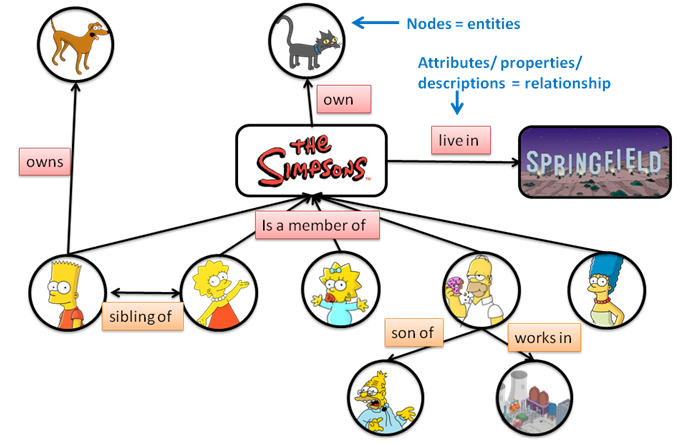What to Expect for Digital Marketing in 2018

Companies are shouting to be heard over the crowded digital landscape, and marketers must overcome countless challenges to make sure the right message is conveyed to the right people. So what new trends should you and your company expect in the coming year, and how can you best take advantage of those trends to boost your company’s visibility? Here is the ZAG FIRST team’s top five picks for biggest digital marketing trends in 2018.
#1: Video and livestream will be one of the easiest and most effective ways to engage with consumers
Youtube is already an important tool for digital marketers (it’s the 2nd largest search engine in the world), especially on mobile devices. Consumers are looking for entertaining, personal, and interactive ways to engage with your company, and innovations like 360-degree video and Youtube live streams have skyrocketed in importance.
Live streams especially will likely grow in prevalence in the next year; customers want real people and real interactions, instead of canned pre-recorded promotional content. Think livestream Q&A sessions with company founders, livestream press conferences when something goes wrong–companies must take advantage of this unique platform to interact with their customers in real-time. The increasing success of livestreams is attested to by Facebook, whose live streaming platform has become very popular since its wide release in 2016. Google searches for “Facebook live stream” have increased 330% in the past two years, according to Google Trends.
#2: For modern consumers, the product isn’t always the most important part of a transaction
Almost every modern consumer is digitally active, which means that they have unlimited access to all kinds of information about companies and products. Customers no longer just buy whatever product is most convenient; mobile devices, social media, and a growing e-commerce infrastructure have enabled them to discover and research countless product options, post and read product reviews, and order a product to be delivered to their home within days.
This means that companies are much more liable to be held accountable for every aspect of their business. With so much information at their disposal, consumers can afford to be choosy about not just the product but the company itself–how it operates, who runs it, how it spends their money. So now, marketers need to focus on presenting a universally friendly corporate-wide image, across every social media platform and with every customer interaction.
#3: The marketing audience is shifting
Since the Internet gives consumers overwhelming amounts of information about every possible product, consumers usually need a trusted source to sift through those piles of data and tell them only what they need to know. Subject Matter Experts are independent commentators and reviewers whose opinions within their area of expertise are generally considered trustworthy, and the Internet abounds with them. Through blogging, websites, and social media, SMEs can reach huge audiences and therefore have a huge impact on the success of a product.
In the past, companies have usually marketed primarily to the end-users of their product–which makes sense, but when the Internet is full of online forums, blog reviews of products, and ways to connect with consumers from around the world, people other than the end-user have suddenly gotten a lot more important.
Marketers can win big by targeting these online reviewers: convincing just one Subject Matter Expert to support your product can gain you thousands of customers. Plus, companies don’t have to simplify their promotional messages when interacting with Subject Matter Experts–they know as much about the technical specifications as anyone.
#4: Storytelling sells
Social media platforms play a huge role in disseminating a company’s marketing messages, but knowing how to best take advantage of these platform’s innovations will be important in 2018. Specifically, social media “stories” are a great way to engage consumers while conveying your message in a way that’s entertaining and easy to understand.
Instagram stories were launched in 2016, and accumulated 250 million active users in their first year. Facebook has added stories to their platform as well, and of course Snapchat stories remain a very popular way for customers to consume short, pithy, memorable moments from companies.
Stories provide companies a great way to show consumers the personal side of their business, and make them feel like they really know and trust the people making their product. Behind-the-scenes footage, building tours, unique aspects of company culture–all ways to connect with consumers on a personal level while leveraging the dominance of social media platforms.
#5: Augmented reality will get bigger
Some especially innovative companies have actually combined their social media stories with augmented reality–using Snapchat stories to create a virtual reality marketing campaign like Fanta, for instance–to engage consumers.
Users spend an estimated 69% of their media time on their phone, which means the opportunities for virtual and augmented reality are limitless. Pokemon Go is credited with starting the trend, of course, but now companies like IKEA are launching AR apps for shoppers. Marketers can get a head start by implementing this brand-new tech in unique ways, and integrating it into their social media and video strategies.
**
Do you agree with our predictions? If you have any questions or comments, feel free to contact us!





